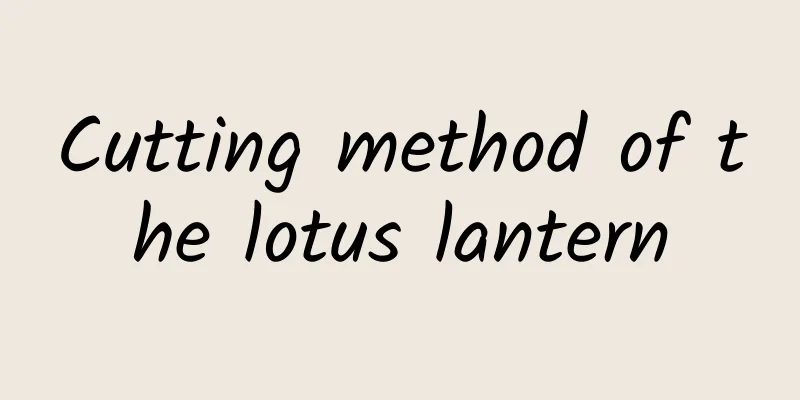How to prune Kalanchoe and its illustrations

Kalanchoe pruning timeKalanchoe is usually pruned around May in spring and around August in autumn. It should be noted that when pruning in autumn, it should not be pruned after September, because it will produce flower buds after September, and pruning at this time will affect the later flowering. After pruning the Kalanchoe during the seedling stage, its height can be well controlled, and more side branches can be sprouted, making its plant shape look fuller. Pruning during the growing season is more beneficial to its growth because it can make nutrients more concentrated and reduce the occurrence of diseases and pests. How to prune Kalanchoe1. Topping in time When the Kalanchoe grows to 12-15 cm, it needs to be topped in time and the tender buds on the top need to be removed. This will control its growth height and promote the growth of side branches. In the later stage, it is necessary to decide whether to top it based on its growth. 2. Pruning during the growing season During the growing period of Kalanchoe, some branches that grow too densely or are too thin need to be pruned off, so that the branches and leaves can have good ventilation and light transmittance. When the overgrown branches are found, they should also be pruned off to make the nutrients more concentrated. 3. Pruning after flowering Kalanchoe needs to be pruned after flowering. When pruning, only 3 cm high branches need to be retained, and the rest need to be completely cut off. The cut branches can be propagated by cuttings, and have a high survival rate. |
<<: How to prune potted tomatoes
>>: How do gymnosperms reproduce? Common reproduction methods
Recommend
Things like growing flowers must be done now, otherwise you will have to wait another year
Cuttings The weather is hot in summer, and some f...
How to grow multiple roses
1. Proper pruning After receiving multiple roses,...
What vegetables are suitable for growing in shady places?
What vegetables are suitable for growing in shady...
What are the cultivation methods and precautions of Dendrobium?
Dendrobium flower cultivation method Dendrobium, ...
Adenophora price
1. Price The price of Adenophora is not very expe...
What diseases does prochloraz mainly treat?
Prochloraz is a commonly used fungicide in agricu...
What is the best month for cuttings of Longzao?
Longzao cutting time The time for cuttings of Lon...
Precautions for the development of black orchid flowers in winter
1. Reasonable watering and scientific fertilizati...
The efficacy and function of money tree
The beautiful meaning of money tree The money tre...
How to change the pot of the iron ball
1. How to change the pot 1. Take out the plant: W...
Mosquitoes bite really hard in autumn. If you put a pot of this flower on your balcony, the mosquitoes will run away immediately!
1 Impatiens In rural areas, almost every family p...
How to grow and take precautions for the succulent ice plum? Is it easy to grow the succulent ice plum?
Bingmei is the most fairy-like among all succulen...
The difference between corn stone and rainbow jade
The Difference Between Height and Length of a Pla...
Which flowers are suitable for beginners?
1. Pothos Pothos is a particularly easy plant to ...
How to grow thorny plum to make it bloom
Blossom of Eupatorium There is actually no exact ...









